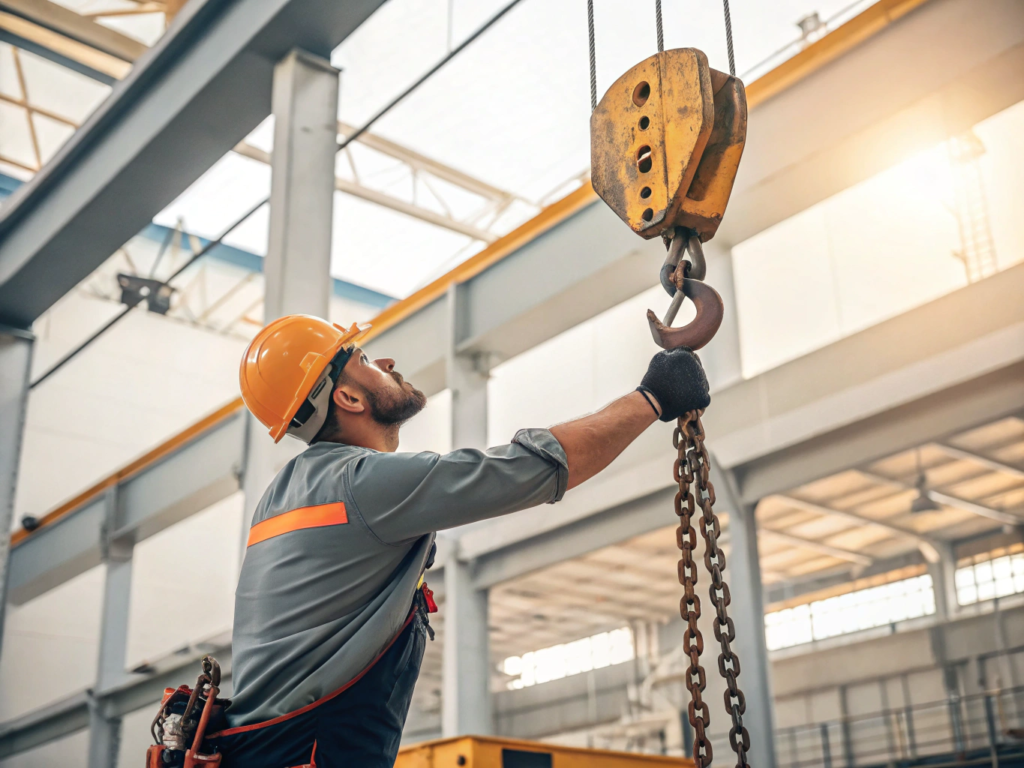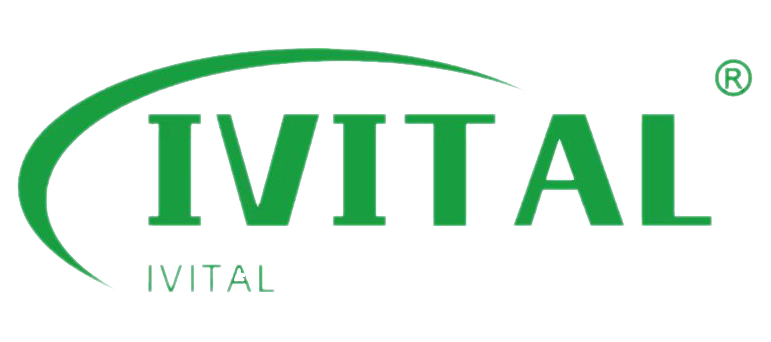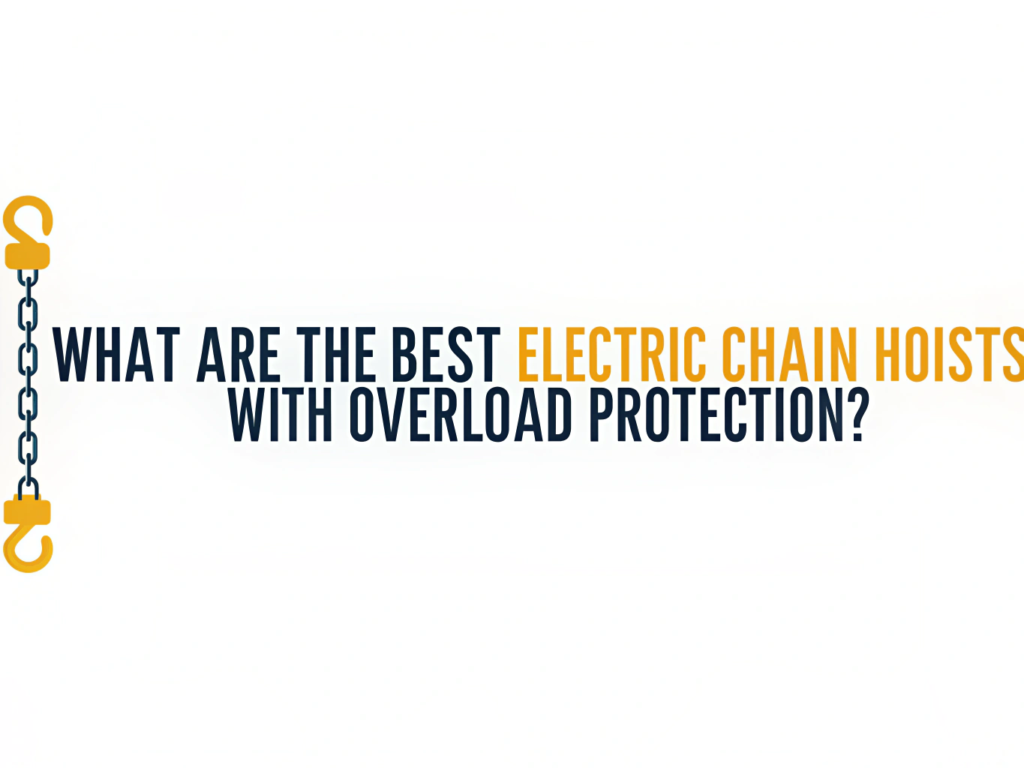
Choosing the best electric chain hoist with overload protection is crucial for safety. Overloading can lead to dangerous situations in construction, logistics, and manufacturing. Let’s look at the key features of hoists that protect against overloads and the top options available on the market.
Electric chain hoists with overload protection are equipped with mechanisms that prevent lifting beyond the rated capacity. This safety feature ensures both the hoist’s longevity and the safety of the operation. A clutch or mechanical brake engages when the load exceeds the safe limit, providing reliable protection.
Now that we know the importance of overload protection, let’s dive into more details to help you make the best decision for your lifting needs.
Table of Contents
- What is overload protection on a chain hoist?
- What is the difference between a chain hoist and an electric hoist?
- What is inside a chain hoist that allows it to lift heavy loads with ease?
- What are the common rated capacities for electric chain hoists?
- Best electric chain hoists with overload protection for the money
- OZ Electric Hoist: A Closer Look
- Harrington Chain Hoist: Industry Standard or Overpriced?
What is overload protection on a chain hoist?
Overload protection ensures a hoist does not exceed its rated capacity, preventing overloading and damage. This mechanism is crucial in lifting operations to avoid accidents and equipment failure.
Overload protection prevents hoists from lifting beyond their rated capacity. It protects both the equipment and the operator from potential harm, using a clutch or brake system to stop lifting when the load limit is exceeded.
Understanding overload protection is essential. It’s a safeguard against dangerous lifting scenarios and helps in extending the hoist’s lifespan. But how does it work exactly? Let’s explore more.
Why Is Overload Protection Necessary?
Without overload protection, hoists could lift more than their safe limits, leading to mechanical failure or accidents. Overload protection serves as a critical safety feature that can save lives and prevent costly damages to machinery.
What is the difference between a chain hoist and an electric hoist?
While both are used for lifting, manual chain hoists require physical effort to operate, while electric hoists use motors for heavy lifting. Electric hoists are more efficient for frequent and heavy lifting tasks.
Electric hoists use motors to lift heavy loads, making them faster and easier to use than manual chain hoists. They are ideal for repetitive tasks and industrial environments where lifting capacity is crucial.
Electric hoists offer speed and efficiency, but with more complexity in maintenance. So, is a manual hoist always better? Let’s compare both options further.
Manual vs Electric Hoists: Which Should You Choose?
If you’re lifting heavy loads frequently, electric hoists are the clear winner. However, for occasional use or lighter loads, a manual hoist may suffice, offering simplicity and less initial investment.
What is inside a chain hoist that allows it to lift heavy loads with ease?
The core of any hoist is its gear system. This system converts input effort, whether manual or motorized, into mechanical advantage to lift heavy loads efficiently.
The gear system inside a chain hoist amplifies the effort applied to the chain, allowing for lifting heavy loads. The gears distribute the force evenly, enabling hoists to handle much heavier weights than the effort applied to them.
But how exactly do the gears work? Let’s explore the components inside a chain hoist to better understand how they can lift such heavy loads.
Components of a Chain Hoist
| Component | Function |
|---|---|
| Motor | Drives the lifting mechanism |
| Gears | Multiply force to lift heavy loads |
| Chain | Transfers the force to the load |
What are the common rated capacities for electric chain hoists?
Electric chain hoists come in a range of capacities, from small 0.125-ton hoists to large 50-ton models. The choice depends on the type of lifting you intend to do.
Electric chain hoists typically range from 0.125 tons to 50 tons, with specialized models capable of lifting up to 100 tons. The right capacity depends on your specific lifting needs.
But with so many choices, how do you pick the right one? Let’s dive into the best options available at various price points.
Best electric chain hoists with overload protection for the money
When selecting a hoist, it’s essential to balance performance and price. Some hoists offer excellent value, while others, like the Harrington, might be more expensive but offer premium features.
OZ Electric Hoist and IVITAL Hoist are some of the top-rated options. They offer reliable performance and safety features like overload protection, with OZ providing a more budget-friendly option.
Let’s look deeper into two of the best electric hoists on the market.
OZ Electric Hoist: A Closer Look
The OZ Electric Hoist is known for its durability and efficiency, making it a top choice for heavy-duty lifting tasks. Its overload protection system ensures safe lifting, while its forged carbon steel load hook enhances security.
Features of OZ Electric Hoist
| Feature | Description |
|---|---|
| Overload Protection | Automatically prevents overloading |
| Load Hook | Forged carbon steel for added safety |
| Durability | Built to withstand demanding environments |
IVITAL Chain Hoist: Industry Standard or Overpriced?
The IVITAL Hoist is a trusted name in the industry. Known for high-quality construction, it’s ideal for heavy-duty operations. However, compared to other models such as the OZ electric hoist, some people find it to be great value for money.
IVITAL Hoist Overview
| Feature | Details |
|---|---|
| Build Quality | Heavy-duty and long-lasting |
| Overload Protection | Ensures safe lifting under heavy loads |
| Price | Higher than some other models |
Conclusion
Choosing the right hoist with overload protection comes down to performance, reliability, and safety. Whether you go for a budget-friendly option like the OZ Electric Hoist or opt for a premium brand like Harrington, ensure that the hoist meets your operational needs and safety standards.



